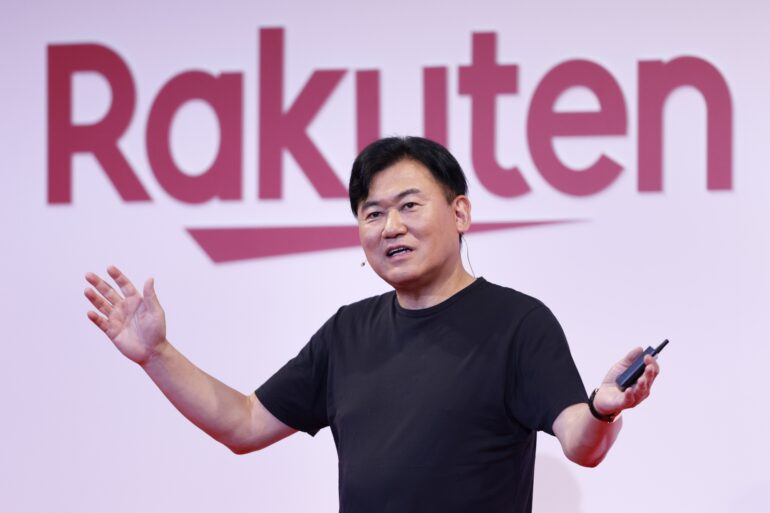TL;DR:
- Rakuten’s CEO, Hiroshi Mikitani, announces the development of a proprietary AI language model.
- The company possesses a unique and vast dataset from its diverse business portfolio.
- Rakuten aims to improve operational efficiency and marketing by 20% through the use of internal AI models.
- Plans to offer the AI model to third-party businesses, following the footsteps of Amazon and Microsoft.
- Specific launch timelines remain undisclosed, with announcements expected in the coming months.
- Japanese tech firms aim to catch up with American and Chinese counterparts in AI development.
- Rakuten’s focus on creating Japanese language-specific AI models could give them a competitive advantage.
Main AI News:
In a recent interview with CNBC, Hiroshi “Mickey” Mikitani, the CEO of Japanese tech giant Rakuten, revealed the company’s ambitious plans to introduce its very own proprietary artificial intelligence language model. This strategic move by Rakuten signifies its intention to join the ranks of technology titans that are actively pioneering the ever-expanding realm of AI.
Mikitani elucidated that Rakuten is diligently developing its own Large Language Model (LLM), a formidable algorithm honed through extensive training on vast datasets. These LLMs are the bedrock of various artificial intelligence applications, with OpenAI’s ChatGPT being a prime example. What sets Rakuten apart is its possession of an exceptionally rich and distinctive dataset derived from its diverse array of businesses, spanning banking, e-commerce, and telecommunications.
Mikitani proudly proclaimed, “Nobody has a dataset like we do,” underlining Rakuten’s unique advantage in this competitive arena. The company’s primary objective is to leverage this AI model internally, with the aim of enhancing operational efficiency and elevating marketing endeavors by a substantial 20%.
Additionally, Rakuten aspires to extend the benefits of its AI model to third-party businesses, akin to industry giants like Amazon and Microsoft. Mikitani envisions a seamless knowledge transfer process, stating, “So we can easily teach them [businesses], package it, and provide the platform for them to comprehensively integrate it into their operations.”
Although specific timelines for the model’s launch remain undisclosed, Rakuten anticipates making significant announcements related to its Large Language Model in the coming months. To date, notable American and Chinese technology behemoths have unveiled their LLMs, with OpenAI, Amazon, and Google leading the charge in the United States and Baidu, Alibaba, and Tencent making waves in China.
Japanese tech firms, however, have been somewhat lagging behind their American and Chinese counterparts. Nevertheless, they are fervently striving to bridge this gap. Telecommunications giant NTT, for instance, has announced that its proprietary LLM will hit the market in March. Meanwhile, SoftBank’s telecommunications arm launched its generative AI computing platform in November.
What truly sets Japanese companies apart is the potential to create LLMs tailored specifically for the Japanese language, a move that could provide them with a competitive edge over their American and Chinese rivals. Mikitani emphasized that this foray into AI technology will usher in “huge profitable growth” for Rakuten, underlining the significance of this endeavor in the company’s strategic roadmap.
Conclusion:
Rakuten’s strategic move into developing its own AI language model signifies a significant step toward technological innovation and market competitiveness. With its rich dataset and plans for third-party integration, Rakuten is positioning itself to play a pivotal role in the AI landscape, potentially setting new industry standards and strengthening its market position. Japanese companies, in particular, have the opportunity to differentiate themselves by tailoring AI models to their language, marking a promising shift in the global AI market dynamics.

